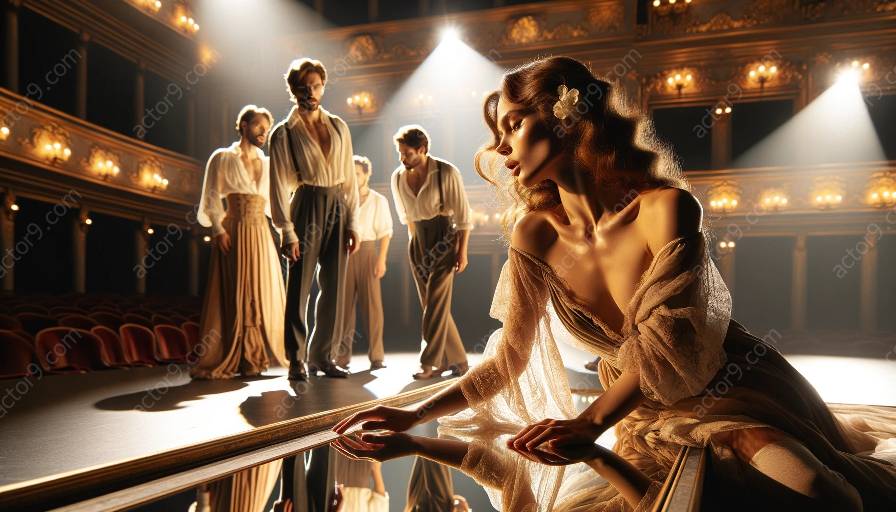The use of rhythm and tempo in acting is a vital aspect of an actor's craft, influencing the emotional depth and impact of a performance. In the Chekhov technique, these elements play a significant role in shaping character portrayal and the overall dramatic effect.
Chekhov Technique: An Overview
The Chekhov technique, developed by the renowned actor and director Michael Chekhov, is an approach to acting that aims to unleash the actor's creative potential through psycho-physical exercises and imaginative processes. This technique focuses on the use of the body, movement, and voice to embody a character and deliver a compelling performance.
Rhythm and Tempo: Definitions and Significance
Rhythm refers to the pattern of beats and accents in a performance, while tempo denotes the speed at which these beats are executed. In the context of acting, rhythm and tempo are employed to convey the emotional and psychological dynamics of a character's inner world.
Understanding rhythm and tempo in the context of Chekhov technique involves exploring the breathing, movement, and speech patterns of the character. By manipulating rhythm and tempo, an actor can convey a wide range of emotions, from tension and anxiety to tranquility and joy.
Incorporating Rhythm and Tempo into Chekhov Technique
One of the key exercises in the Chekhov technique that involves rhythm and tempo is the 'Psychological Gesture.' This exercise requires the actor to identify a character's dominant gesture and connect it with a specific rhythm and tempo. By doing so, the actor can access the character's emotional undercurrents and physical expression.
Furthermore, the use of atmospheric rhythm, a concept introduced by Chekhov, enables actors to embody the internal rhythm of the character and the surrounding environment. This technique heightens the actor's sensory awareness and amplifies the character's presence on stage or screen.
Applications in Acting Performances
Effective incorporation of rhythm and tempo in Chekhov technique can elevate an actor's performance by adding depth and authenticity to their portrayal. By mastering these elements, actors can create captivating and nuanced characters that resonate with audiences on a profound level.
Conclusion
The exploration of rhythm and tempo in Chekhov technique offers a rich and transformative experience for actors seeking to expand their expressive capabilities. By embracing these elements, actors can enrich their performances and unlock the full potential of their craft, ultimately delivering compelling and resonant portrayals.













































